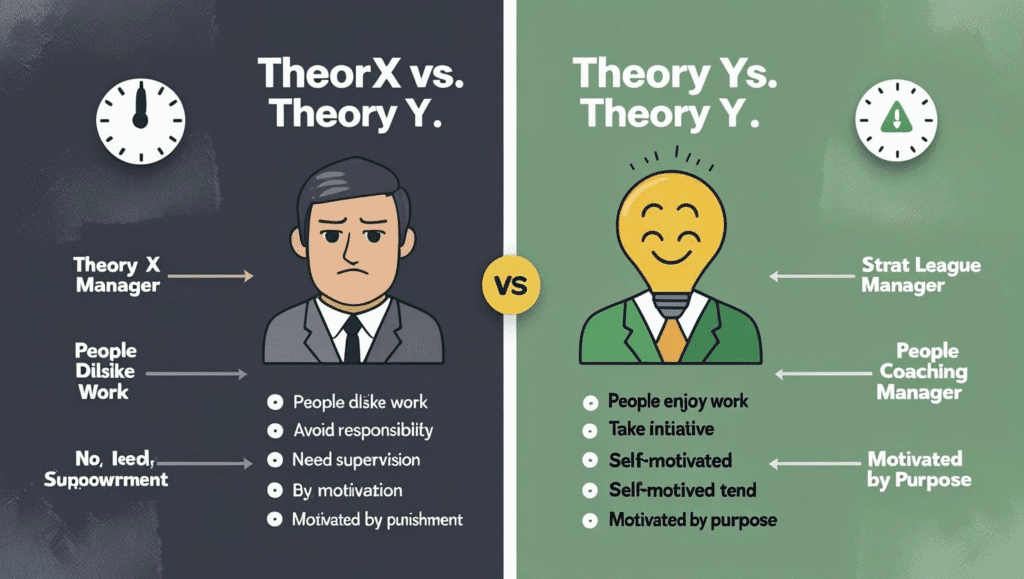What is a SWOT Analysis? A Strategic Guide to Strengths, Weaknesses, Opportunities, and Threats
In the world of business and strategic planning, success often hinges on a clear and honest understanding of your current position. For decades, one of the most powerful and widely used tools for achieving this clarity is the SWOT analysis. It provides a simple yet comprehensive framework for assessing a company, project, or even an individual’s standing in relation to their goals and their environment.
This expert guide will define what a SWOT analysis is, provide a detailed breakdown of its four essential points, and illustrate its practical application with a real-world example from the context of the dynamic market in Dhaka, Bangladesh.
What is a SWOT Analysis?
A SWOT analysis is a strategic planning technique used to identify and evaluate the Strengths, Weaknesses, Opportunities, and Threats related to a business venture or project. The true power of this framework lies in its structure, which separates internal factors from external ones.
- Internal Factors: These are the attributes and resources that exist *inside* your organization. You have a significant degree of control over them. These are your **Strengths** and **Weaknesses**.
- External Factors: These are the forces and trends that exist *outside* your organization, in the broader market environment. You have little to no control over them. These are your **Opportunities** and **Threats**.
The ultimate goal is to use this analysis to develop a strategy that leverages your strengths and opportunities to overcome your weaknesses and mitigate your threats.
The Four Points of SWOT Analysis Explained
Let’s break down each of the four components.
S – Strengths (Internal, Helpful)
Strengths are the internal, positive attributes of your organization that give you a competitive advantage. These are the things you do well and the unique resources you possess.
Guiding Questions: What are our unique assets (brand reputation, skilled workforce, proprietary technology)? What do our customers love about us? What do we do better than our competitors?
W – Weaknesses (Internal, Harmful)
Weaknesses are the internal factors that place your organization at a disadvantage relative to others. An honest assessment of your weaknesses is crucial for improvement.
Guiding Questions: Where can we improve? What resources or expertise do we lack? What are the common complaints from our customers? In what areas do our competitors outperform us?
O – Opportunities (External, Helpful)
Opportunities are favorable factors or trends in the external environment that your organization could use to its advantage.
Guiding Questions: What are the emerging market trends? Are there underserved customer segments? Are there upcoming technological changes we can leverage? Are there new government policies or trade agreements that could help us?
T – Threats (External, Harmful)
Threats are external factors that could jeopardize your organization’s success. Identifying threats early allows you to create contingency plans to mitigate their impact.
Guiding Questions: Who are our emerging competitors? Is the market shrinking or are consumer tastes changing? Are there new regulations that could increase our costs? Is there economic instability that could affect customer spending?
Practical Application: A SWOT Analysis Example in Bangladesh
Let’s apply this framework to a fictional Ready-Made Garments (RMG) factory in Dhaka called **”Bengal Threads Ltd.”**
Strengths
- Highly skilled and cost-effective labor force.
- Strong, long-term relationships with key European buyers.
- Modern, fully compliant “green” factory, appealing to ethical brands.
- Duty-free access to the EU market.
Weaknesses
- Over-reliance on just three major clients for 80% of revenue.
- Lack of an in-house design team, relying solely on buyer specifications.
- Rising operational costs due to traffic congestion in Dhaka.
- Limited marketing and branding capabilities.
Opportunities
- Growing global consumer demand for sustainable and ethically sourced apparel.
- Emerging markets for apparel in Asia and the Middle East.
- Government incentives for diversifying into higher-value products.
- Adoption of “smart factory” technology to boost efficiency.
Threats
- Intense price competition from manufacturers in Vietnam and Ethiopia.
- Potential changes to international trade agreements and tariffs.
- Global economic recession reducing consumer spending on fashion.
- Fluctuations in the price of raw cotton and synthetic fabrics.
How to Use the Results of Your SWOT Analysis
A SWOT analysis is only useful if it leads to action. The next step is to develop strategies by matching the different elements. For example, Bengal Threads Ltd. could:
- Use Strengths to seize Opportunities: Actively market its “green” factory status (Strength) to attract new, ethically-conscious brands in emerging markets (Opportunity).
- Use Strengths to mitigate Threats: Leverage its strong client relationships (Strength) to negotiate long-term contracts, providing stability against price competition (Threat).
Conclusion: A Timeless Tool for Strategic Clarity
The SWOT analysis remains an indispensable tool for businesses of all sizes because of its simplicity and power. By systematically identifying your Strengths, Weaknesses, Opportunities, and Threats, you create a comprehensive and honest snapshot of your organization’s current reality.
It’s not a one-time exercise but a dynamic framework that should be revisited periodically to adapt to a changing environment. In any market, from Dhaka to New York, the clarity provided by a well-executed SWOT analysis is the foundation upon which powerful and effective business strategies are built.


